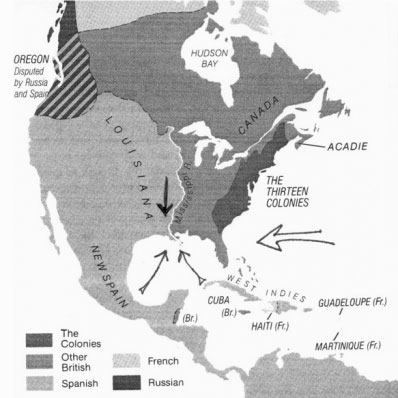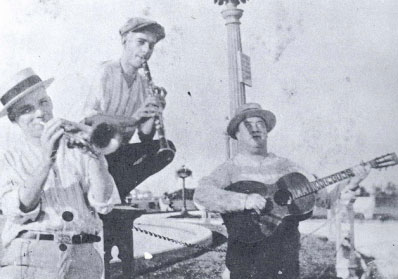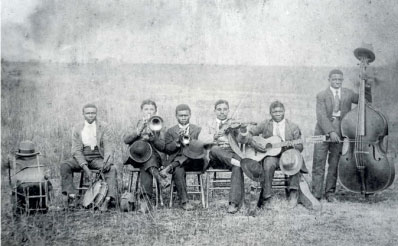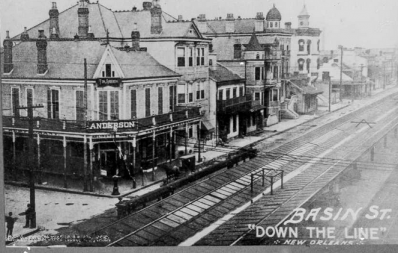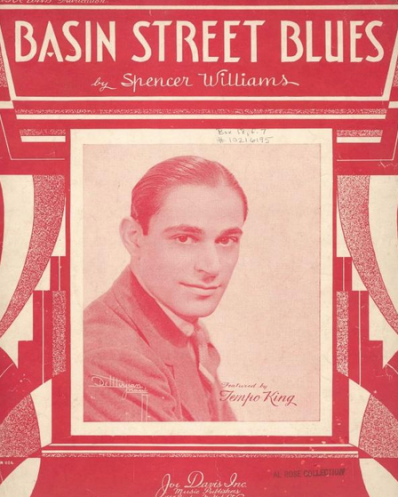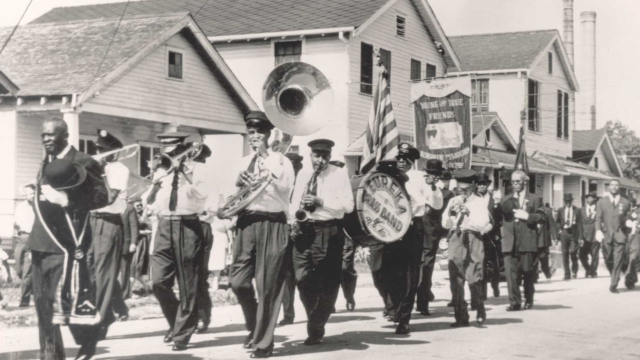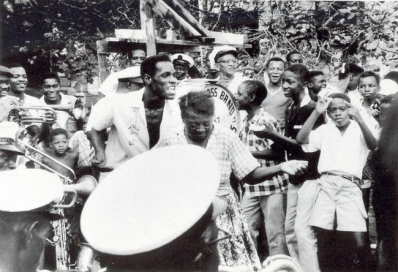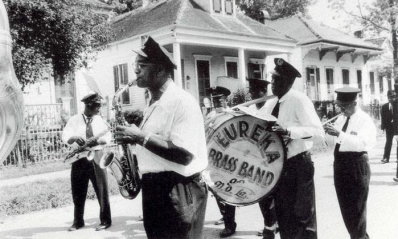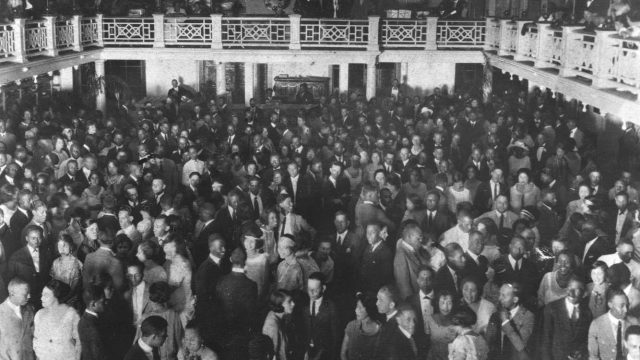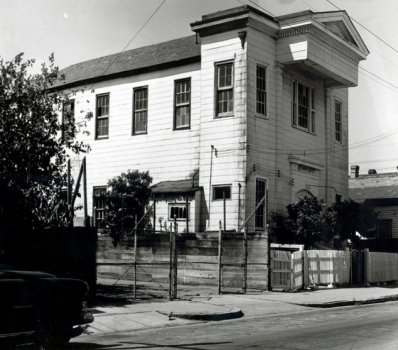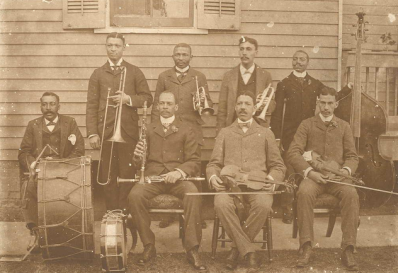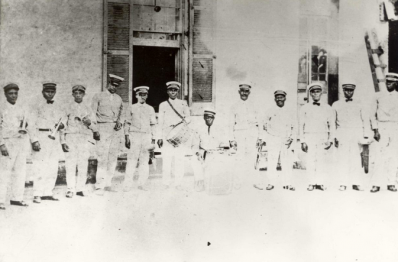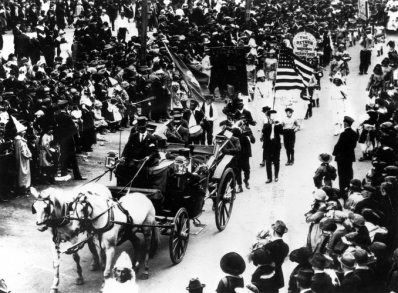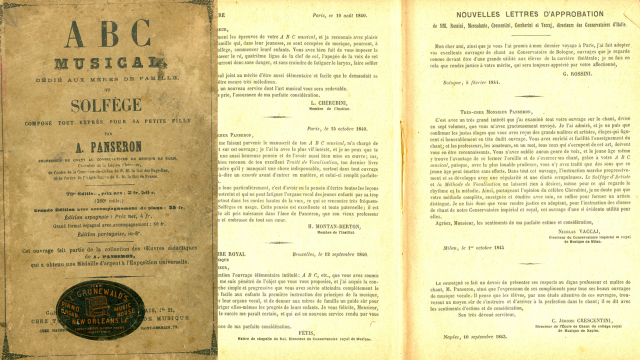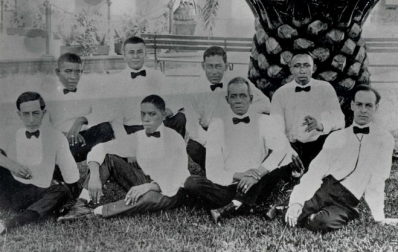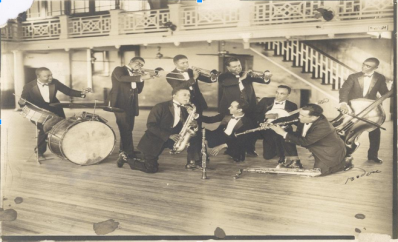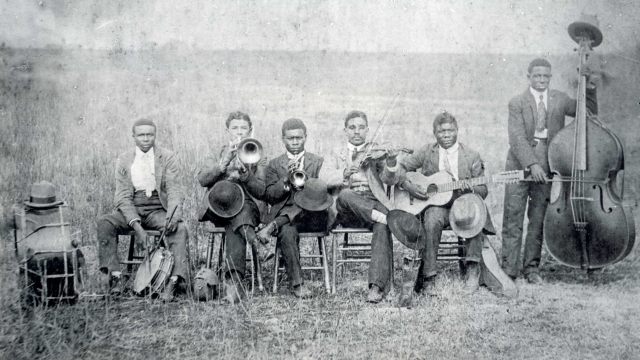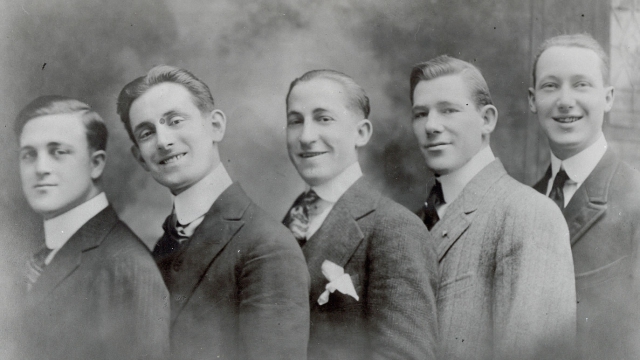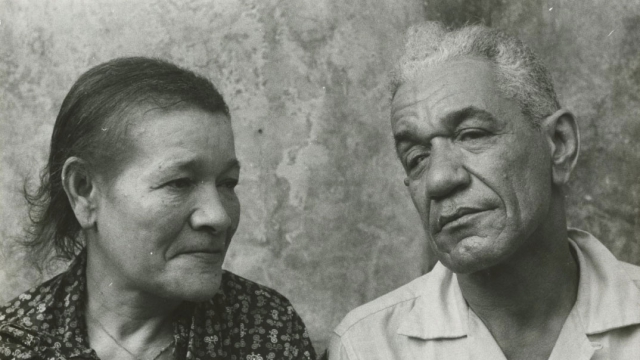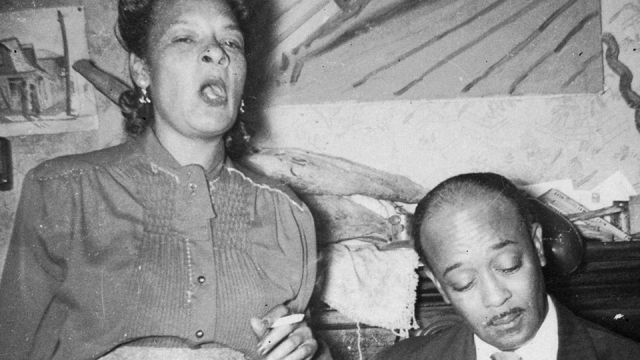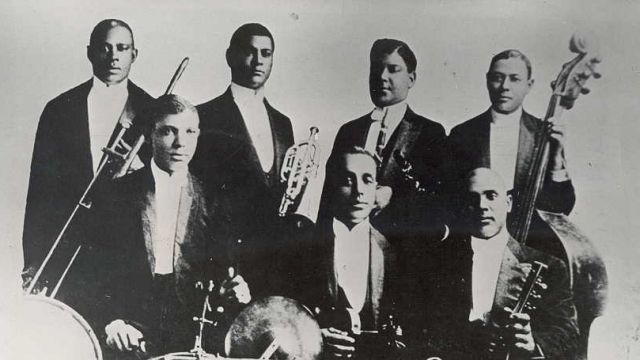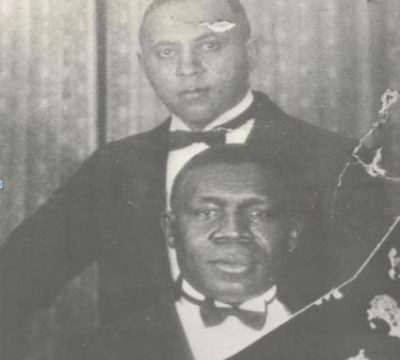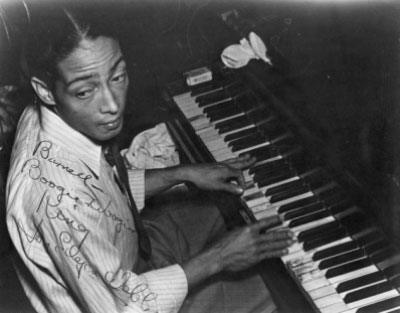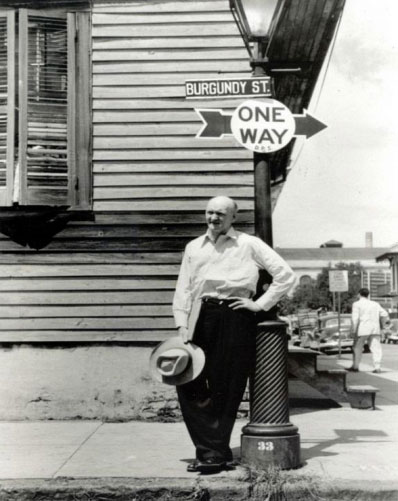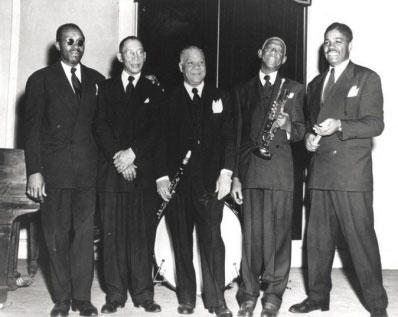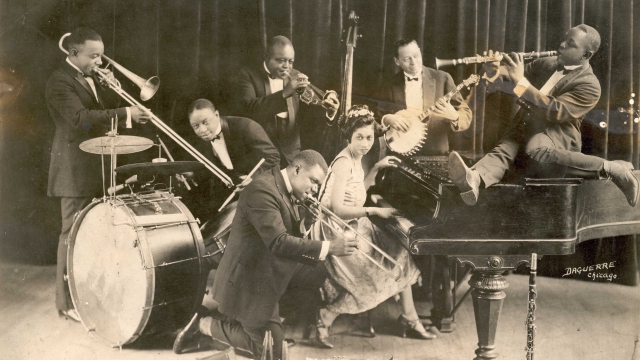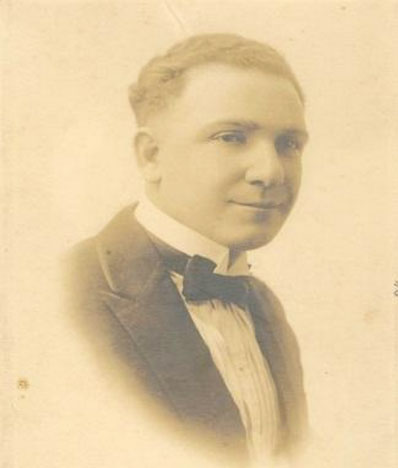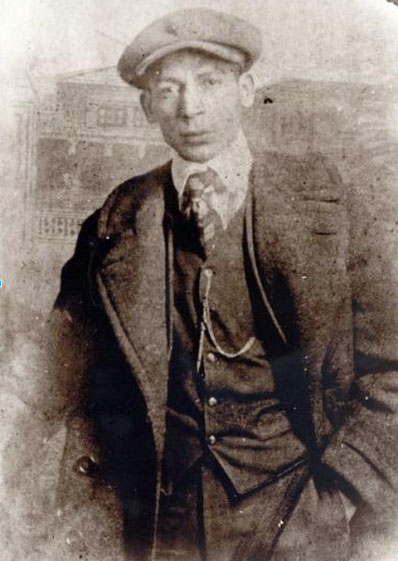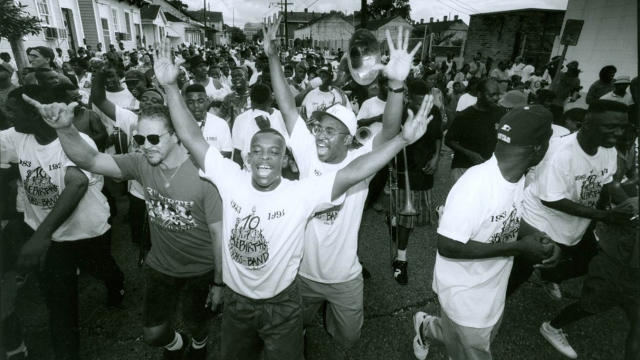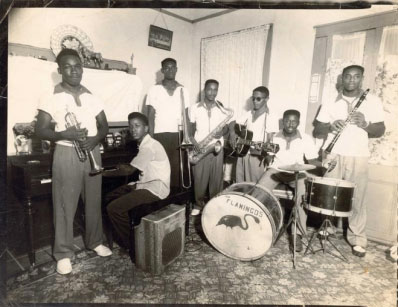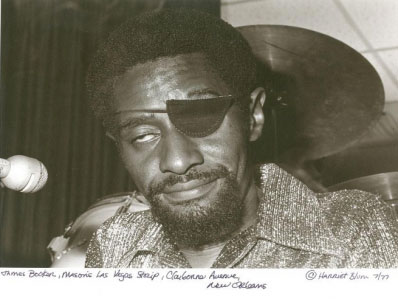In consulting virtually any survey text on jazz history, one finds a chapter devoted to jazz origins in New Orleans, sometimes with a disclaimer stating that “jazz-like” music was also developing in other locales, although this point of view is becoming increasingly rare. Note, for instance, this passage from Gary Giddins and Scott DeVeaux, Jazz (2009): “in the beginning, jazz was local, even provincial—a performing tradition unique to the port city of New Orleans, which took its distinctive character from the ever-changing social conditions of that metropolis. The style known as New Orleans jazz (or Dixieland) proved irresistible enough to attract the attention of the whole country, but only in increments as it wandered north of its home base. New Orleans jazz ultimately became the foundation of jazz itself.” This course will explore the issue of the creation of jazz in New Orleans from the perspectives of regional cultural dynamics in the period 1894-1950 and related historiography, including neighborhood demographics and race, festival traditions and performance sites, and music pedagogy. Special attention will be given to the seminal artists and bands that contributed to the development of this new vernacular musical idiom and disseminated it throughout the nation and the world, as well as to the jazz historians who have told their stories through an evolving jazz historiography. Through readings, lectures, and discussions, class participants will test the “born in New Orleans” theory by tracing the development of historical paradigms relating to the primacy of New Orleans style jazz and by considering alternative origins theories.
Back
- African/Caribbean Based Social and Vernacular Dance Forms | DANC 3240-01
- Autobiographies and Southern Identity
- Black Music & Performance in New Orleans | ADST 3550
- Building Community through the Arts | DANC 4900
- Ethnography of Performance and Identity In New Orleans and French Louisiana | ANTH 3395/6395
- French and Creole In Louisiana | FREN 4110/6110
- Gender, Archives, and Musical Culture | GESS 4500
- History of Jazz | MUSC 3340
- Hollywood South | COMM 4810
- Jazz, Blues, and Literature | ENLS 4010
- Languages of Louisiana | ANTH 4930
- Literary New Orleans | ENLS 4030
- New Orleans and Senegal in the Atlantic World | HISU 3100-01
- New Orleans Hip Hop | ADST 1550
- New Orleans Music | MUSC 1900
- The Creation of Jazz in New Orleans | HISU 4694-01
- The Latin Tinge: Jazz and Latin American Music in New Orleans and Beyond | MUSC 3360
- Urban Geography: New Orleans Case Study | AHST3131


